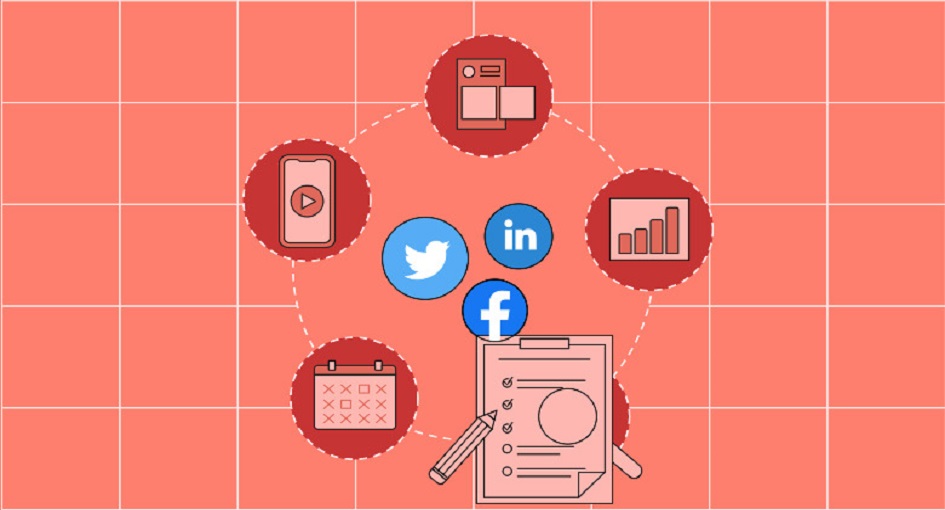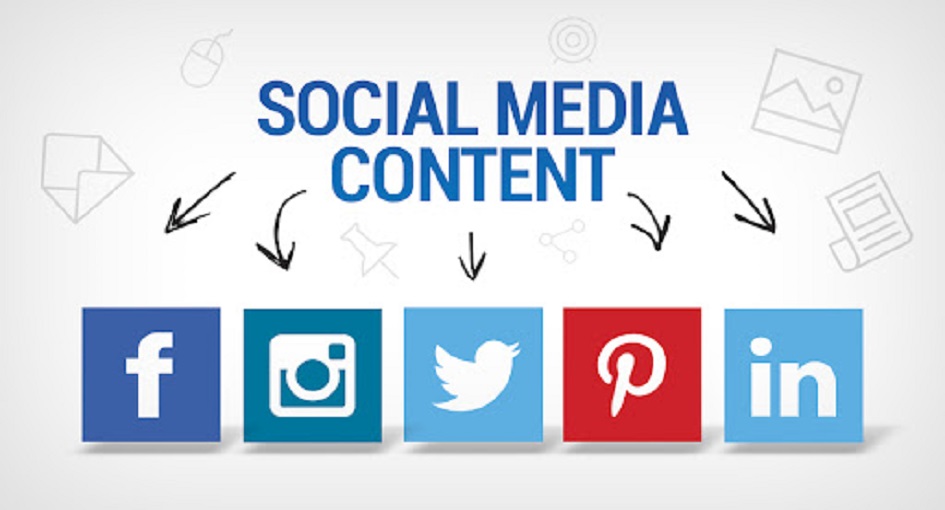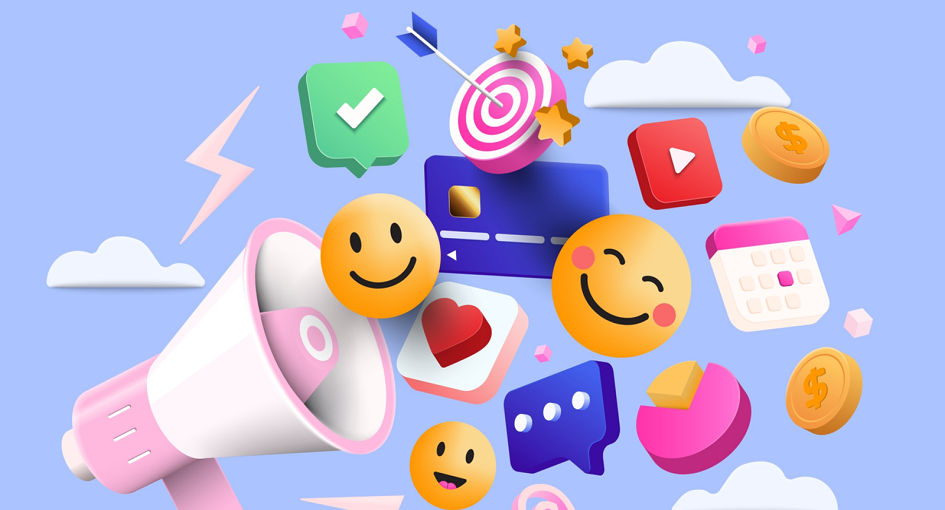
In the digital age, social media platforms have become indispensable tools for communication, information sharing, and entertainment. They serve as powerful mediums for individuals, businesses, and organizations to connect with their audiences. An essential aspect of effective social media engagement is the creation of diverse and engaging content. This article explores various types of social media content, providing examples and insights into how each can be used effectively to connect, engage, and grow online communities.
Text-based content is the foundation of social media communication. It includes written posts, updates, and captions. This content type is highly versatile and can be used across all social media platforms.
Examples:
Visual content is immensely popular on social media as it is engaging and easily digestible. This category includes images, photos, infographics, and illustrations.
Examples:
Video content has become a dominant form of communication on social media. It can take various forms, such as short clips, live streams, tutorials, and vlogs.
Examples:
User-generated content is content created by your audience or customers. It includes reviews, testimonials, and posts by users who engage with your brand or content.
Examples:

Interactive content encourages audience engagement and participation. It includes polls, quizzes, surveys, and contests.
Examples:
Educational content serves to inform, teach, or provide value to your audience. It includes how-to guides, tutorials, and informative articles.
Examples:
Behind-the-scenes content offers a glimpse into your personal or professional life. It can help build authenticity and foster a closer connection with your audience.
Examples:
Inspirational social media content aims to uplift and motivate your audience. Social media content includes quotes, success stories, and personal anecdotes.
Examples:

Social media is a vital platform for sharing news and updates related to your industry, niche, or organization. It helps keep your audience informed and engaged.
Examples:
10. Influencer Collaborations
Influencer collaborations involve partnering with social media influencers or celebrities to promote your brand, product, or service.
Examples:
Many platforms offer “Stories” or “Highlights” features where you can post temporary content that disappears after a set time, typically 24 hours. These are perfect for sharing time-sensitive updates and creating a sense of urgency.
Examples:
In conclusion, effective social media content is a diverse tapestry that combines various formats and approaches to engage, inform, and entertain your audience. To excel in the digital landscape, it’s crucial to understand the nuances of each content type and tailor your strategy to your target audience and platform. By harnessing the power of text, visuals, videos, user-generated content, interactive elements, and more, you can create a compelling social media presence that builds meaningful connections and fosters growth.